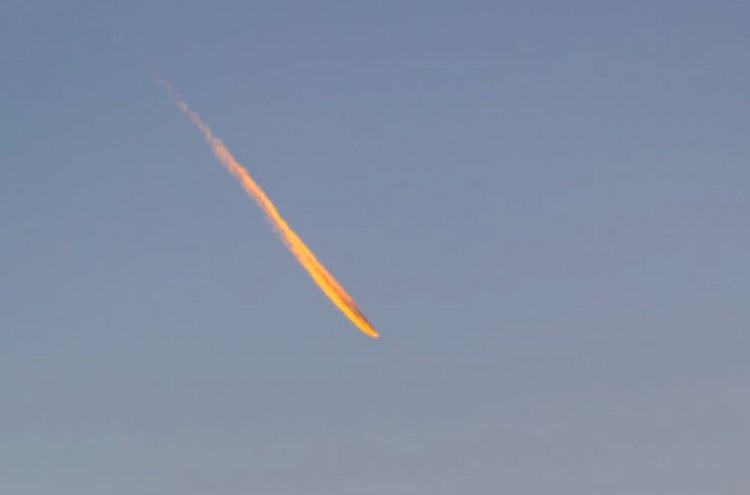C/2021 A1 Leonard Comet in approach
"C/2021 A1 Leonard" is passing through. Discovered earlier this year, the comet will fly past Earth next weekend and, after its sweeping orbit of the sun, will disappear into the far reaches of space, never to return to the solar system. With a bit of luck, you can catch a glimpse of it on Sunday.

Early risers can observe a comet in the sky this weekend. It is the only chance.
If weather and dawn cooperate, the comet could be visible to the naked eye on Sunday. "This tail star will not make for a bright spectacle," says the Association of Friends of the Stars. But it should be easier to spot with binoculars or a telescope.
Even if the comet then reaches its closest distance to Earth, it maintains a generous safety distance of 34 million kilometers. "C/2021 A1 Leonard" was the first comet discovered this year on January 3. It was spotted by Gregory J. Leonard at the Mount Lemmon Observatory in the U.S. state of Arizona.
Comets are several billion years old and date back to the early days of our solar system. They consist of a mixture of ice, dust and rock. As a comet approaches the sun, its nucleus, usually only a few kilometers in size, begins to evaporate, forming a dense cloud of dust and gas. Later, the comet tail is formed.
Many shooting stars in the sky
Shooting stars can be observed more frequently in the sky, and they will be seen especially often in the next two weeks: The annual meteor stream of the Geminids is approaching. In the night from December 13 to 14, the pre-Christmas spectacle will reach its peak, with up to 150 shooting stars per hour.
Even though the comet will then reach its closest distance to Earth, it will maintain a generous safety distance of 34 million kilometers. "C/2021 A1 Leonard" was the first comet discovered this year on January 3. It was spotted by Gregory J. Leonard at the Mount Lemmon Observatory in the U.S. state of Arizona.
Comets are several billion years old and date back to the early days of our solar system. They consist of a mixture of ice, dust and rock. As a comet approaches the sun, its nucleus, usually only a few kilometers in size, begins to evaporate, forming a dense cloud of dust and gas. Later, the comet tail is formed.
Many shooting stars in the sky
Shooting stars can be observed more frequently in the sky, and they will be seen especially often in the next two weeks: The annual meteor stream of the Geminids is approaching. In the night from December 13 to 14, the pre-Christmas spectacle will reach its peak, with up to 150 shooting stars per hour.






